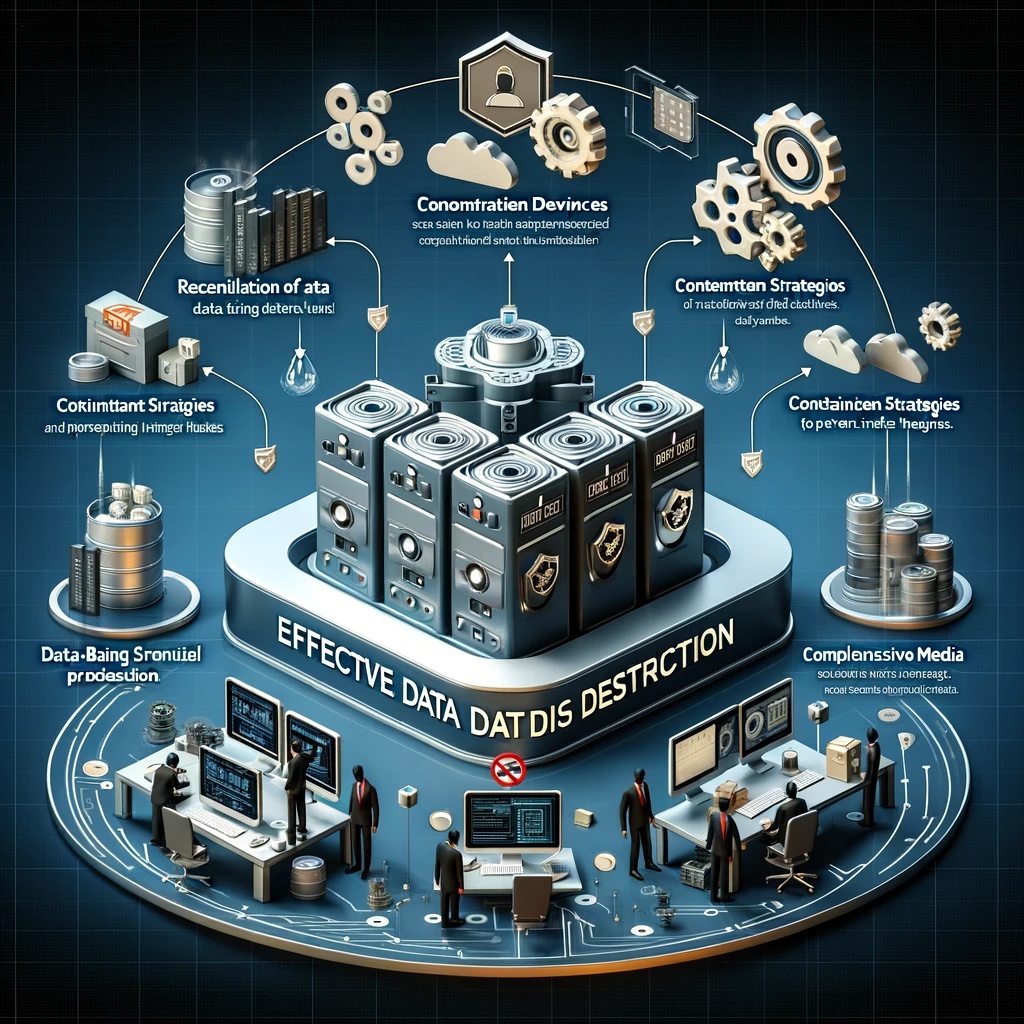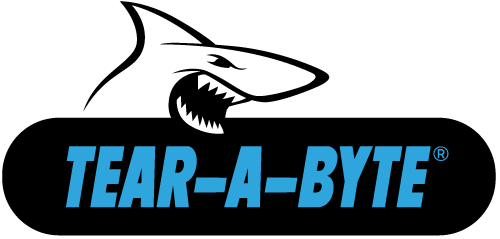
Ensuring Your Data Destruction Vendor Prioritizes Sustainability
In today’s business environment, sustainability is as important as security. When choosing an end-of-life data destruction vendor, it’s essential to consider their impact on the

In today’s business environment, sustainability is as important as security. When choosing an end-of-life data destruction vendor, it’s essential to consider their impact on the

One of the most critical aspects of data security is ensuring that data-bearing devices (DBDs) are properly managed and destroyed within the confines of your

Regular audits of your data destruction processes are critical to ensure compliance with industry standards such as NIST and ISO. Both internal and external audits

One of the critical aspects of data destruction compliance is the ability to account for every data-bearing device (DBD). Reconciliation documents are essential to prove

Data destruction is a critical part of maintaining data security, but it’s not just about the final act of destruction. Compliance with NIST MP-6(1) involves

When selecting a data destruction vendor, it’s not just about their ability to destroy data-bearing devices (DBDs). Ensuring that they are compliant with the appropriate

Ensuring the security of end-of-life data-bearing devices (DBDs) involves more than just physically destroying the hardware. For true compliance with NIST 800-88 standards, organizations must

When it comes to data destruction, merely having the right tools is not enough. Ensuring that your organization’s data destruction methods comply with NSA and

Ensuring compliance with NIST 800-88 for data destruction is not just a best practice; it’s a necessity in today’s data-driven world.
It’s important to have a system in place to destroy sensitive data onsite as soon as a device is retired or a hard drive fails. Drives filled with sensitive data that are left in accessible areas of a business are vulnerable to disgruntled employees as well as visitors.
Schedule a call at your convenience
We do a discovery and consulting meeting
We prepare a proposal



